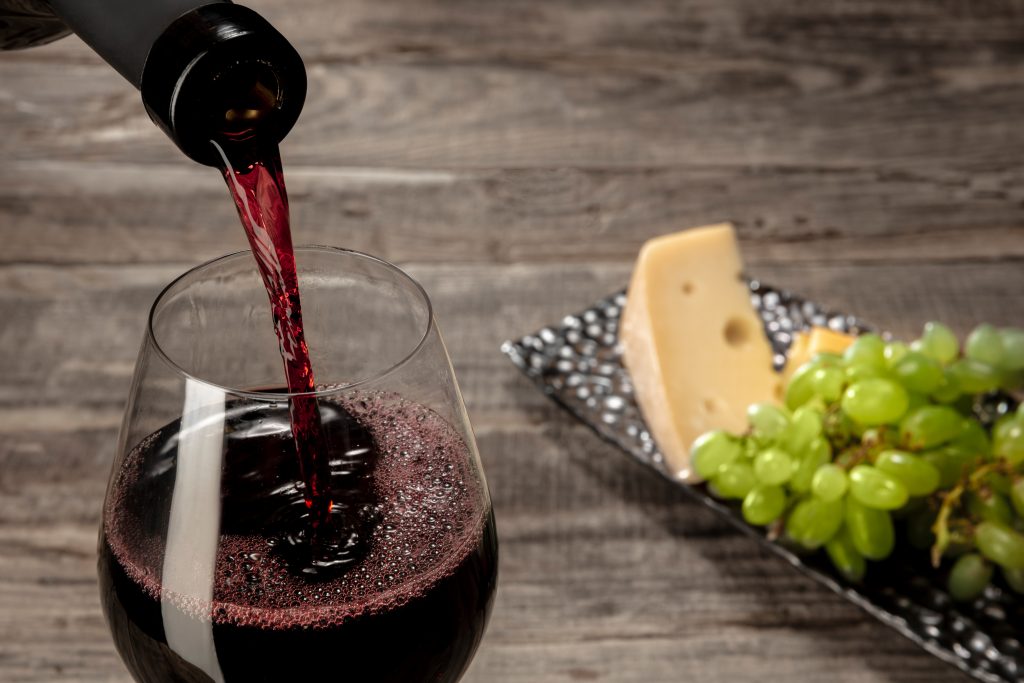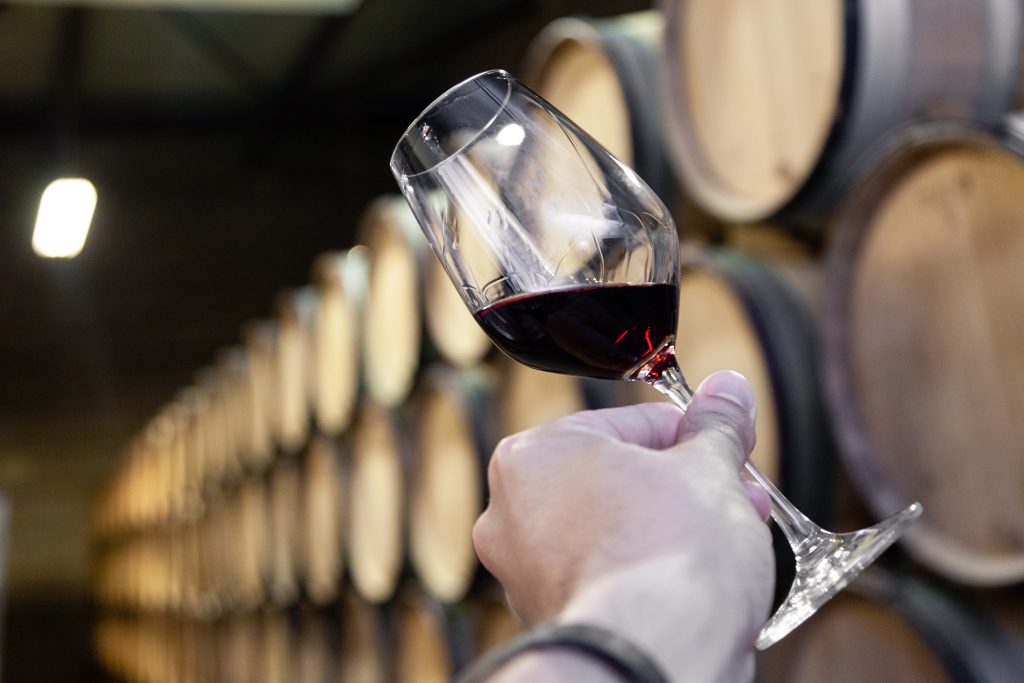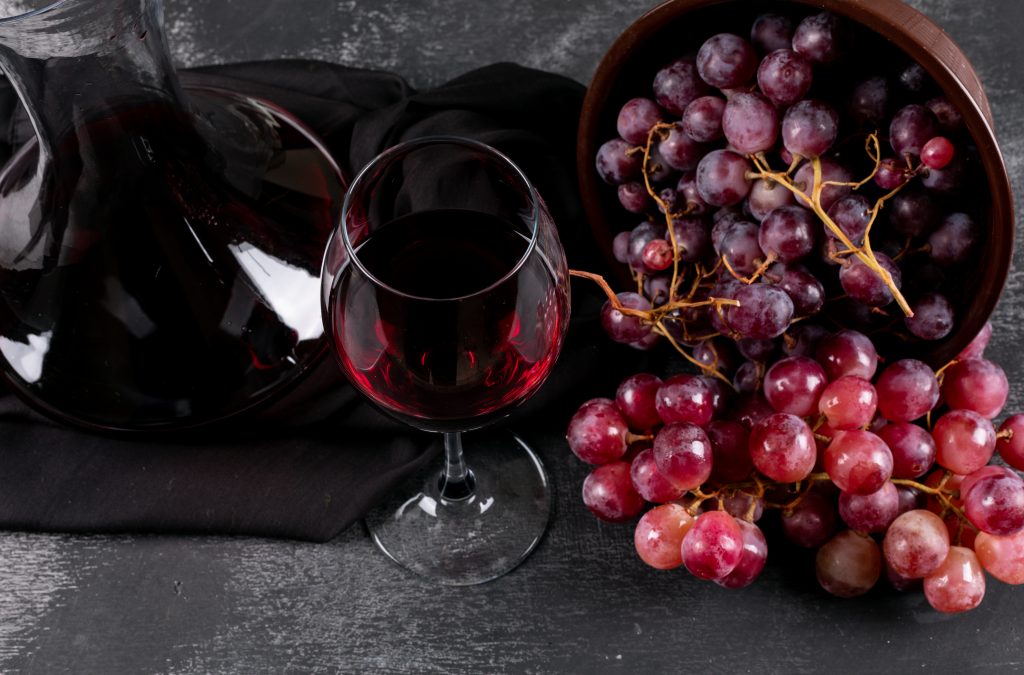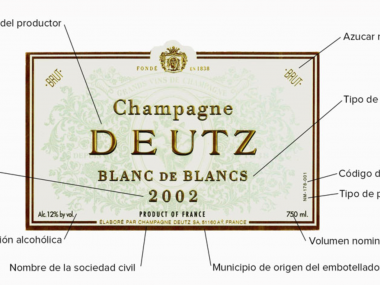In the week of the International Merlot Wine Day, we explain below everything you need to know about this great grape variety, and the wines we can expect from it.
The Merlot grape variety
The earliest mention of the Merlot grape variety appeared in the Libourne department, in the Gironde region. It has an early budding, medium ripening and is very vigorous with a tendency to produce many shoots and suckers.

It is also a fertile variety, so short pruning is recommended. Merlot is prone to acariosis in some climates and adapts very well to clay-limestone soils. Merlot is a variety at high risk to drought and winter and spring frosts. It is very sensitive to mildew, botrytis and cicadellid insects.
Merlot is a variety that ripens easily so it tends to be planted more than its companion Cabernet Sauvignon, offering dense, pleasant and fresh wines. Like Cabernet Sauvignon and Cabernet Franc, the wines can be herbaceous if the grape is not fully ripe, although Merlot can bring a fruity and fleshy character to the wines, counteracting the possible tannic sensations.
What kind of wines does the Merlot grape offer us?
Merlot wines are fruitier, have less tannic structure and can be drunk younger than Cabernet Sauvignon wines. Normally Merlot wines show aromas of plum compote along with an elegance and rich silky sensation such as the great Pomerol wines like Château Petrus.

Where can we find Merlot?
Merlot is one of the most widely planted varieties in the world and throughout France, although it is most common in the Bordeaux and Languedoc-Roussillon region. It was long considered a second division variety in Bordeaux until the mid-19th century, when winegrowers noted its high resistance to powdery mildew, which made it much more popular.
Easy ripening, even in relatively cool years, also contributes to its attractiveness, which is why Merlot now outperforms Cabernet Sauvignon plantings in Bordeaux.

In Spain Merlot is less important than in France or Italy, being Catalonia, Navarra, Aragon and Castilla La Mancha the main Merlot producing areas. It is generally used in blended wines with other varieties such as Tempranillo and Cabernet Sauvignon to add fleshiness in the Penedés and Conca de Barberà.
Tomas Cusiné in Costers del Segre makes a Bordeaux-style wine with Merlot called Geol, but some of the best examples of Merlot are Caus Lubis from Can Ràfols dels Caus and Torcas in Navarra.







